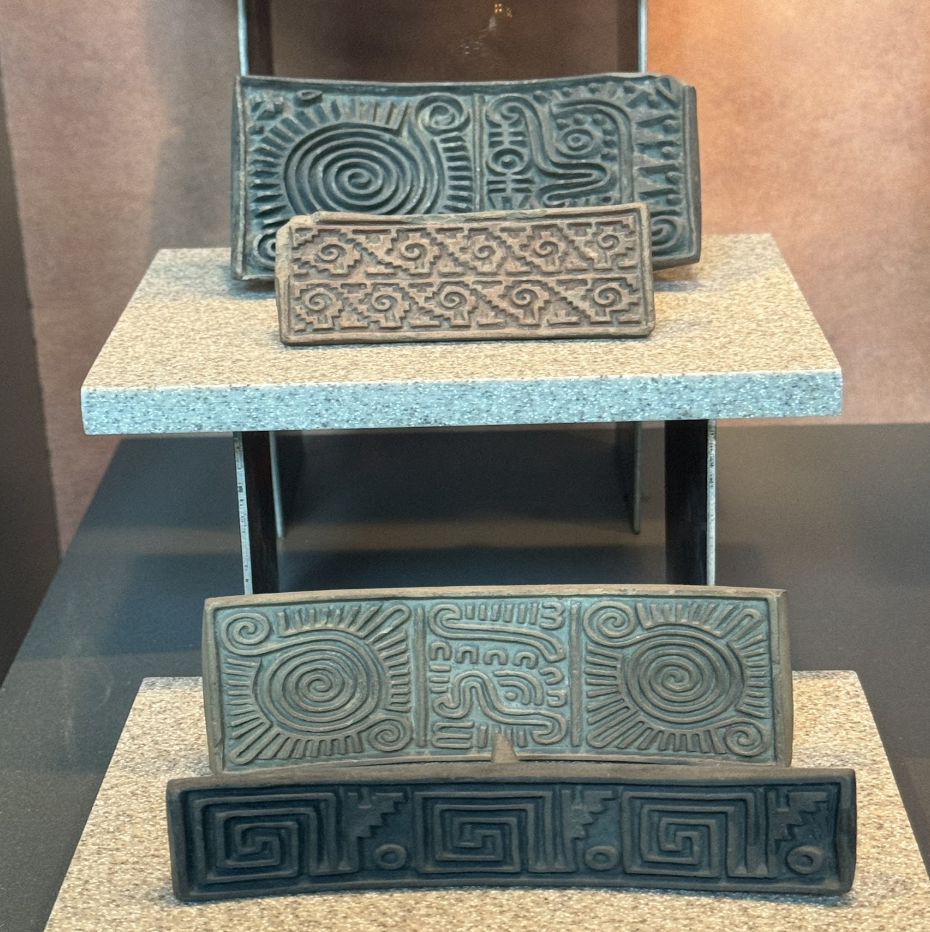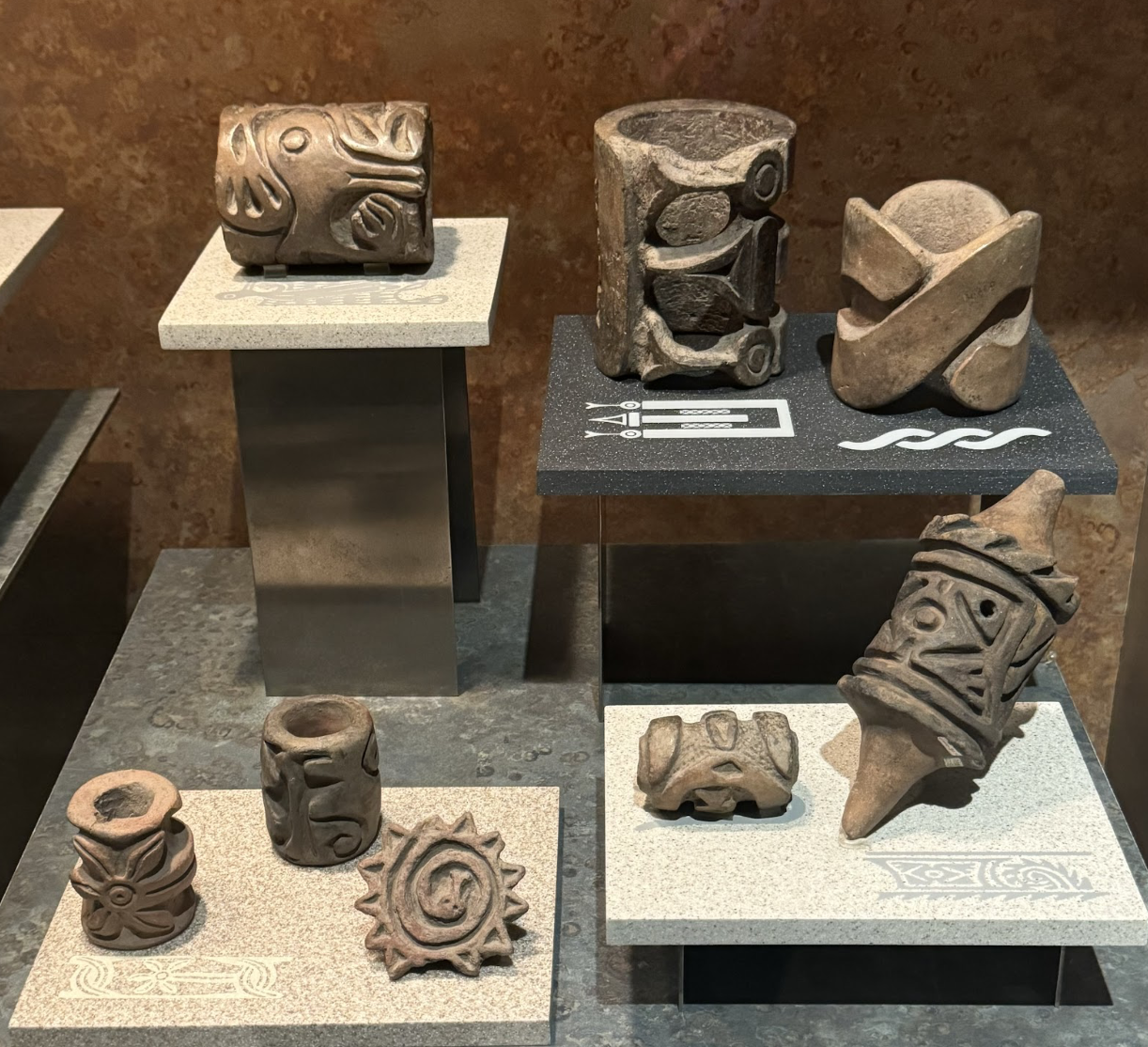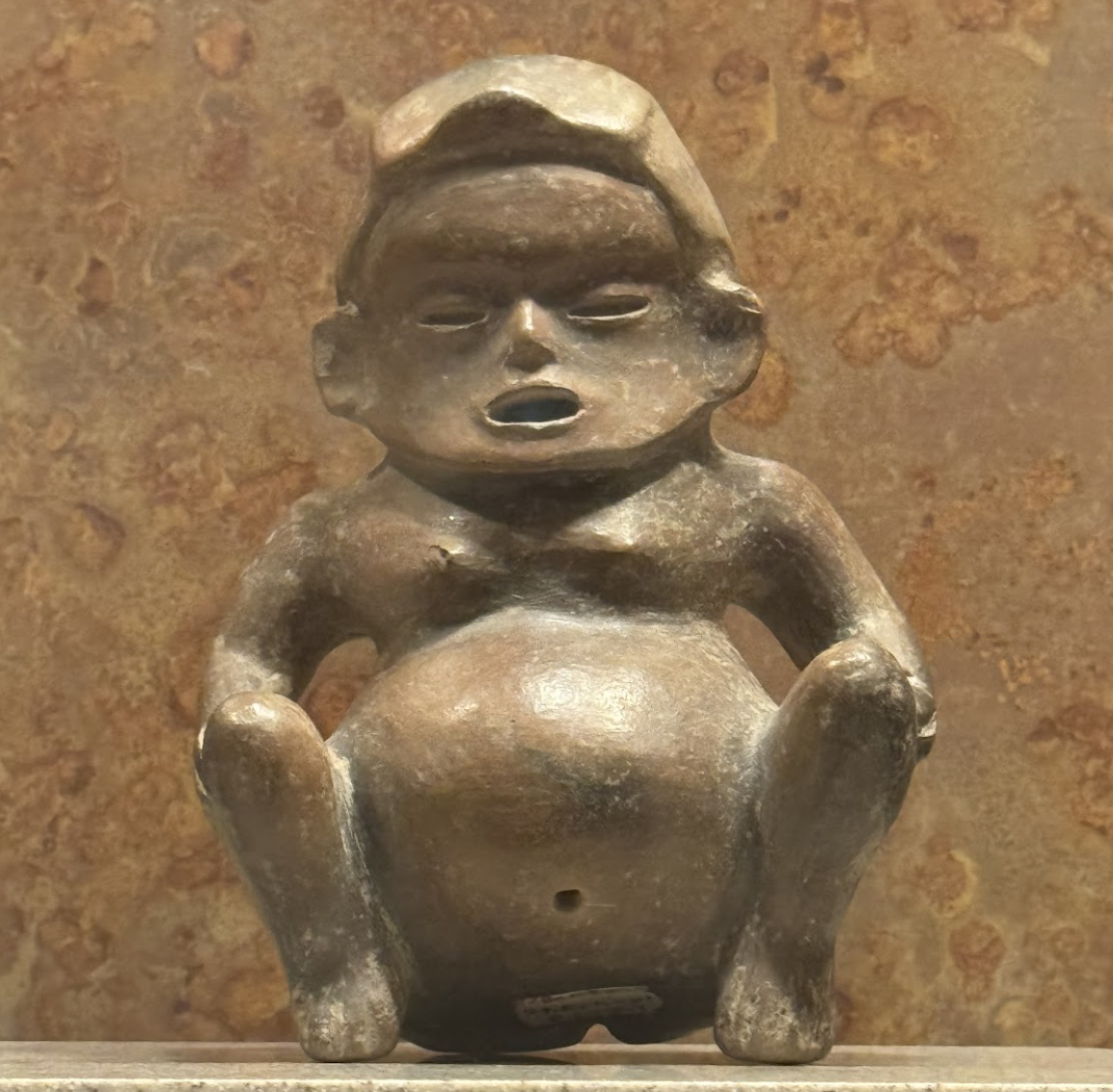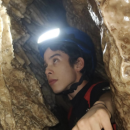Don't Overlook the Preclassic: The Significance of Smaller Artifacts
In the vast halls of Museo de Antropología, the grandeur of colossal pieces like the Piedra del Sol and the imposing Tlalóc statue immediately draw the eye.
MORE IN THIS SECTION
In the vast halls of Museo de Antropología, the grandeur of colossal pieces like the Piedra del Sol and the imposing Tlalóc statue immediately draw the eye. These monuments of the Mexica civilization, displayed prominently in the Sala Mexica, stand as testaments to the engineering, artistry, and ceremonial significance of their time. Towering and intricately carved, they dominate the space, commanding attention and awe. Yet, as majestic and monumental as these artifacts are, the smaller, more unassuming pieces from earlier periods—such as those from the Preclassic or Formative period—are equally profound, offering insights that rival those of the larger works.
The Preclassic, or Formative period, spanning roughly from 2300 BCE to 100 CE, marked the foundation of much of what would become the great civilizations of later eras. While the monumental architecture and larger-than-life sculptures of later periods often capture the imagination, the small-scale objects from the Preclassic era hold their own quiet, yet powerful, significance. They reveal just as much about the cultural and spiritual worlds of their creators, offering glimpses into the everyday lives, rituals, and philosophies of these ancient people.

Seals or Ink Pads. Origin: Tlatelolco, Historic Center, Valley of Mexico. The image belongs to the author, taken at the Museum of Anthropology in Mexico City.

Stamp and Cylindrical Seals. Origin: Central Mexico. Chronology: Middle Preclassic. Image taken at the Museum of Anthropology in Mexico City.
Take, for example, the seals and pintaderas from the Preclassic Medio, used to imprint intricate designs onto pottery, textiles, or perhaps even human skin. These objects, though diminutive in size, were carriers of meaning just as profound as the carvings on the Piedra del Sol. With every roll of a cylinder seal across soft clay, or the press of a pintadera against fabric, these artisans were participating in a tradition of symbolic communication, linking the material world with the spiritual. The designs they left behind, whether of animals, plants, or abstract patterns, were statements of identity and belief, encoded in the same way the glyphs on a Mexica stone temple were. What these small pieces lack in size, they more than make up for in their symbolic weight, serving as bridges between the individual and the cosmos.

Woman in the Traditional Birthing Position. Origin: Tlatilco, State of Mexico.Chronology: Middle Preclassic.Image taken at the Museum of Anthropology in Mexico City.
Similarly, the figurine of the woman in the traditional posture of childbirth from Tlatilco, while a far cry from the towering deities of later periods, carries an emotional and cultural depth that is no less majestic. The exaggerated features of the figurine—especially her pronounced hips and belly—symbolize fertility, the fundamental cycle of life, and the connection between humanity and the earth. In its intimate scale, this figure captures the essence of the Preclassic people's reverence for the forces of life and death, just as the larger-than-life deities of the later Mexica era embodied cosmic forces on a grander scale.

RELATED CONTENT
Dual Beings, Preclassic. Image taken at the Museum of Anthropology in Mexico City.
And then there are the Seres Duales, figurines that represent the Preclassic fascination with duality—the belief that opposing forces like life and death, day and night, male and female were not in conflict, but in balance. These small figures, often depicted with two heads or multiple faces, reflect the complexity of the Preclassic worldview in a way that is as sophisticated as the grand carvings of Mexica gods. Just as the massive sculptures of later periods articulated the power of the state or the divine, these small, carefully crafted figures encapsulated the delicate balance of existence—miniature embodiments of the same philosophical ideas that would later be inscribed on stone temples and pyramids.

Seal Molds. Origin: Tlatelolco and Historic Center, Mexico City. Image taken at the Museum of Anthropology in Mexico City.
Even the molds used to create these seals and ink pads tell a story that is just as intricate as any stone carving. While they may seem humble, these molds were tools that ensured the continuity of a visual language passed down through generations. They speak to a cultural value placed on repetition and consistency, much like the grand architecture of Teotihuacan or the careful placement of temples in later city-states. These molds ensured that symbols, and the ideas they represented, were replicated and preserved, much like the monumental structures and carvings that enshrined religious and political ideas for centuries.
The Preclassic period, while often overshadowed by the grandiosity of later Mesoamerican civilizations, gave rise to many of the fundamental elements that would define these later societies. Its smaller artifacts—whether the seals, pintaderas, figurines, or molds—are no less majestic than the massive sculptures and monumental architecture that followed. These objects, though more intimate in scale, reveal the same level of artistry, the same depth of thought, and the same connection to the divine.
As one enters the museum, it is essential to do so with respect, recognizing that these pieces are not just sculptures or crafts. They are artifacts once used, cherished, and anointed with roles essential to rituals and daily life. Each item carries with it a history, a purpose, and a connection to the people who created and utilized them. This acknowledgment transforms the viewing experience into a profound encounter with the past, inviting contemplation of the cultural significance embedded within these seemingly small works. At the Museo de Antropología, the interplay between these small and large-scale works becomes clear. The towering statues may initially capture our attention, but the small, intricate objects of the Preclassic era remind us that greatness is not measured in size. Whether it’s the sweep of a monumental temple or the fine lines etched onto a seal, both hold the power to reveal the complexities of the human spirit. Through these artifacts, we come to understand that the foundations of society, spirituality, and artistry in ancient times were built not only on grand gestures but on the delicate imprints of everyday life. Next time you visit Mexico City, make sure to set a day aside to visit these treasures.






LEAVE A COMMENT:
Join the discussion! Leave a comment.